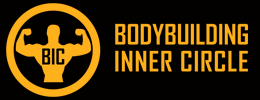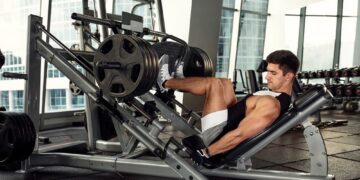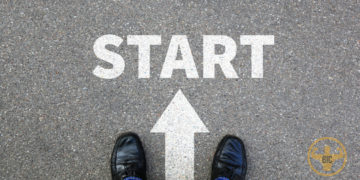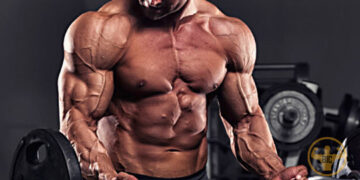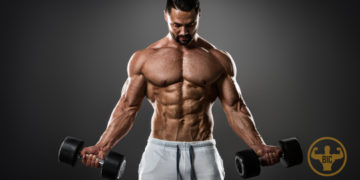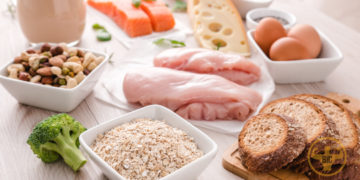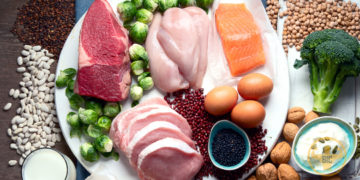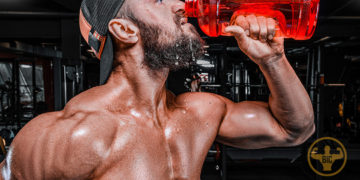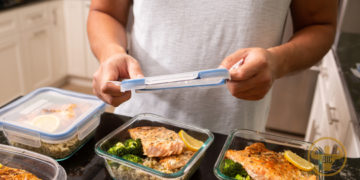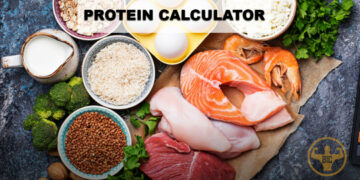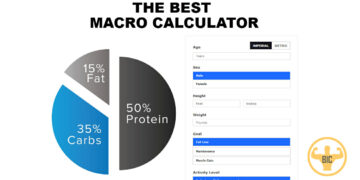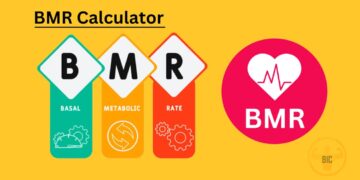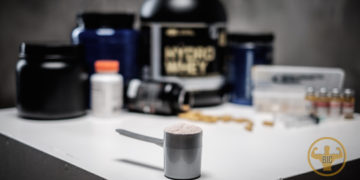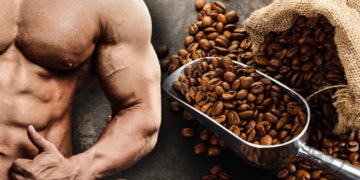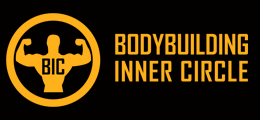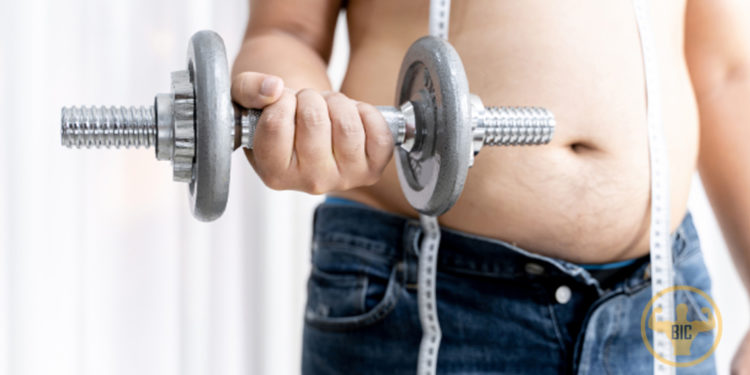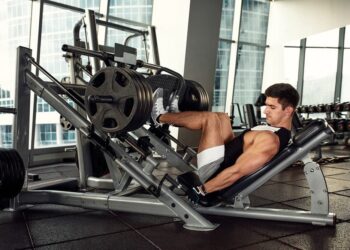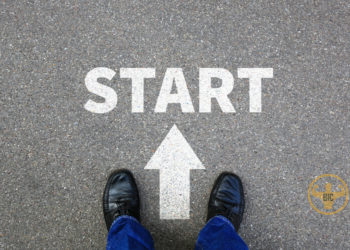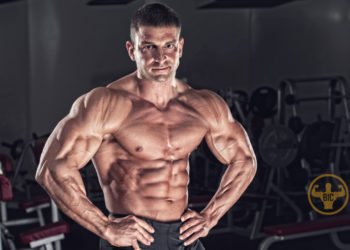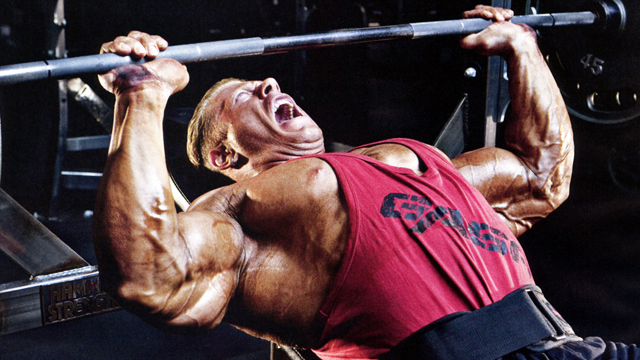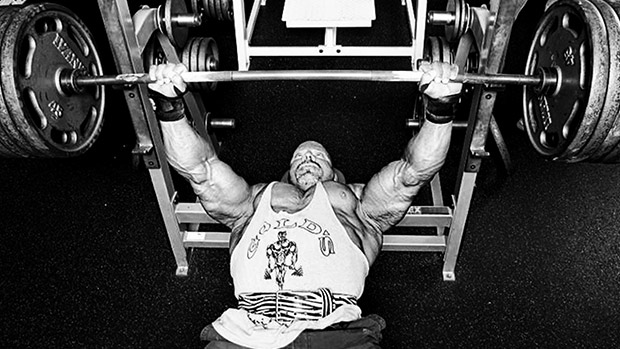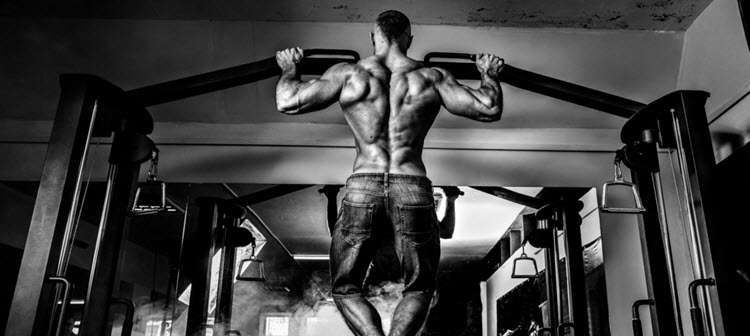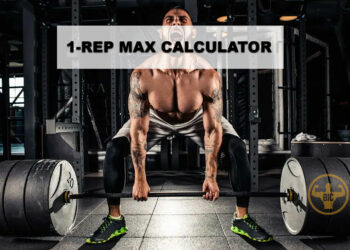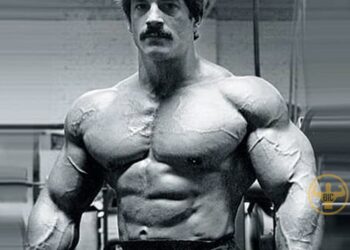Are you ready to transform your body and achieve your fitness goals? Whether you’re looking to shed excess fat or build lean muscle, a well-structured workout routine is essential.
In this comprehensive guide, we’ll delve into effective workout routines to lose weight and gain muscle.
Let’s start this journey to a stronger and more sculpted physique!
Introduction: Balancing Fat Loss and Muscle Gain
Embarking on a fitness journey requires a well-thought-out plan that considers your goals, body type, and overall health.
Whether you’re aiming to lose stubborn fat or gain lean muscle mass, the approach will differ, but the underlying principles remain the same: dedication, discipline, and hard work.
Understanding the Basics of Body Composition
Before diving into workout routines, it’s crucial to understand body composition. This refers to the proportions of muscle, fat, bone, and other tissues in your body.
Achieving a balanced body composition is the key to both a lean physique and efficient metabolism.
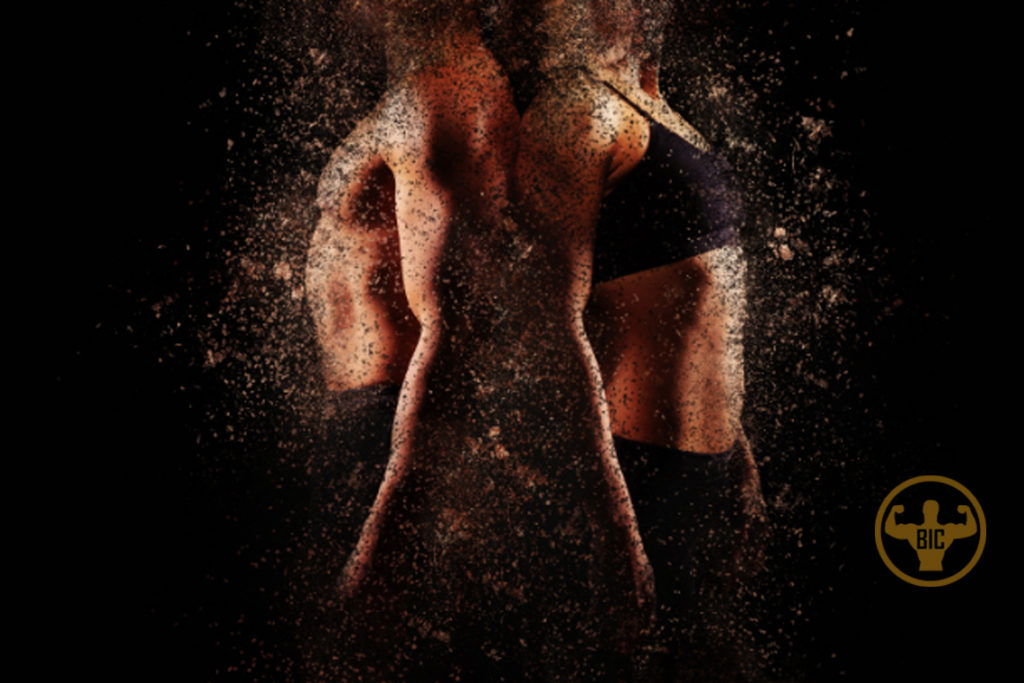
Importance of Proper Nutrition
No workout routine can compensate for a poor diet. Proper nutrition provides the fuel your body needs to perform optimally during workouts and recover effectively afterward.
A diet rich in lean proteins, complex carbohydrates, and healthy fats is the foundation of success.
Phase 1: Fat Loss Workouts
- High-Intensity Interval Training (HIIT): HIIT is a time-efficient and highly effective fat-burning workout. It alternates between short bursts of intense exercises and brief recovery periods, boosting your metabolism and calorie burn even after the workout.
- Circuit Training for Total Body Engagement: Circuit training combines strength and cardiovascular exercises in rapid succession. It engages multiple muscle groups and keeps your heart rate elevated, aiding in fat loss and muscle preservation.
- Incorporating Strength Training: Strength training isn’t just for muscle gain; it also aids fat loss by increasing your resting metabolic rate. Focus on compound movements like squats, deadlifts, and bench presses for maximum impact.
- Cardiovascular Exercises for Fat Burning: Cardiovascular exercises like running, cycling, and swimming are excellent for burning calories and enhancing cardiovascular health. They complement your strength training efforts by targeting different energy systems.
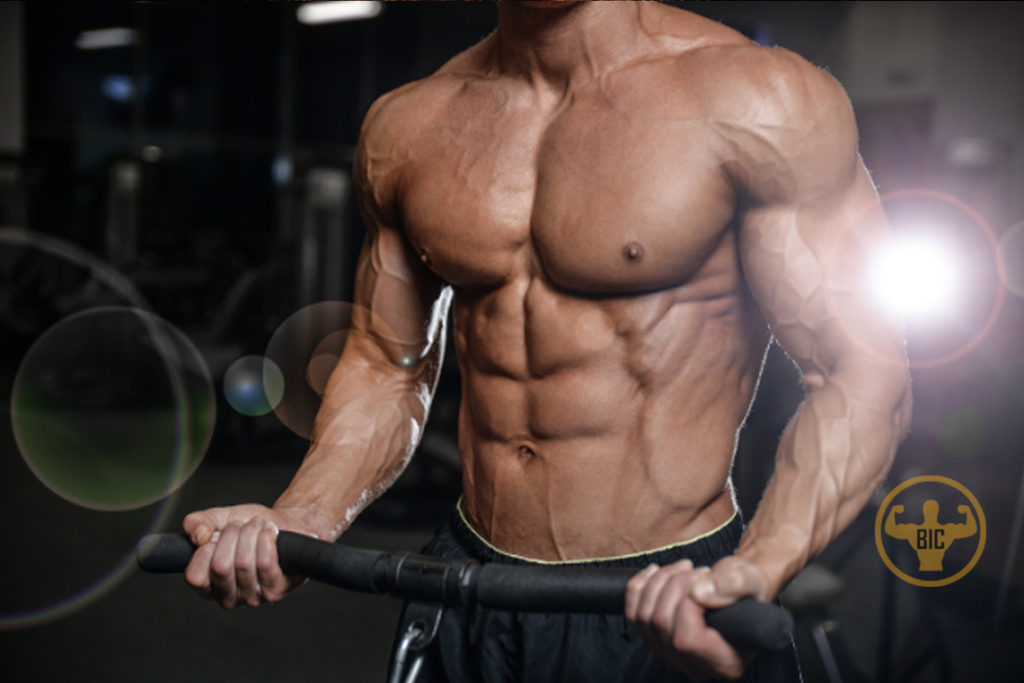
Phase 2: Lean Muscle Gain Workouts
- Resistance Training with Progressive Overload: To build muscle, you need to challenge your muscles progressively. Gradually increase the weight you lift to stimulate muscle growth, focusing on exercises like bicep curls, leg presses, and shoulder presses.
- Split Routine for Targeted Muscle Groups: A split routine dedicates specific days to different muscle groups, allowing for focused training. For example, you might have a day for chest and triceps, another for back and biceps, and so on.
- Compound vs. Isolation Exercises: Both compound and isolation exercises have their place in muscle gain routines. Compound exercises work multiple muscles simultaneously (e.g., squats), while isolation exercises target individual muscles (e.g., bicep curls).
Rest and Recovery: A Crucial Aspect: Muscle growth occurs during rest, so ensure you have adequate sleep and rest days between intense workouts. Overtraining can lead to injuries and hinder your progress.

Hybrid Approach: Concurrent Fat Loss and Muscle Gain
- Utilizing Periodization Techniques: Periodization involves varying the intensity and volume of your workouts over time. This prevents plateaus and supports both fat loss and muscle gain throughout your fitness journey.
Designing a Weekly Training Schedule: Create a balanced training schedule that includes a mix of fat loss and muscle gain workouts. Allocate specific days for each focus and consider incorporating active recovery days.
Importance of Flexibility and Mobility Work
Flexibility and mobility exercises enhance your range of motion and prevent injuries. Incorporate activities like yoga and dynamic stretches to keep your muscles supple.
Fueling Your Body for Optimal Performance
Your diet plays a significant role in muscle gain and fat loss. Consume protein-rich foods to repair and build muscles, complex carbs for sustained energy, and healthy fats for overall well-being.

Hydration and Its Impact on Training
Staying hydrated is often overlooked but crucial for workout performance. Dehydration can lead to decreased energy levels and hinder your progress.
Monitoring Progress and Making Adjustments
Track your progress through measurements, photos, and performance metrics. If you’re not seeing the desired results, be open to adjusting your workout routine and diet accordingly.
The Power of Consistency and Patience
Rome wasn’t built in a day, and neither is a transformed body. Stay consistent with your workouts and nutrition, and be patient. Results will come with dedication.
Mental Health and Its Connection to Fitness
Remember that fitness is not just about the body; it’s about the mind too. Engage in activities that reduce stress, practice mindfulness, and prioritize mental well-being.
Conclusion
Balancing workout routines to lose weight and gain muscle requires a holistic approach that encompasses targeted workouts, proper nutrition, and a positive mindset.
By following the principles outlined in this guide, you can embark on a successful fitness journey that yields transformative results.
Frequently Asked Questions (FAQs)
- Can I do both fat loss and muscle gain workouts in a single session? It’s generally more effective to focus on one goal per session for optimal results.
- How long will it take to see noticeable changes in my body? Results vary, but with dedication, you might start noticing changes in a few weeks.
- Is cardio necessary for muscle gain? While cardio isn’t mandatory, it can help improve cardiovascular health and aid fat loss.
- What should I eat before and after workouts? Prioritize a mix of protein and carbs before workouts, and consume protein and carbs post workout.
